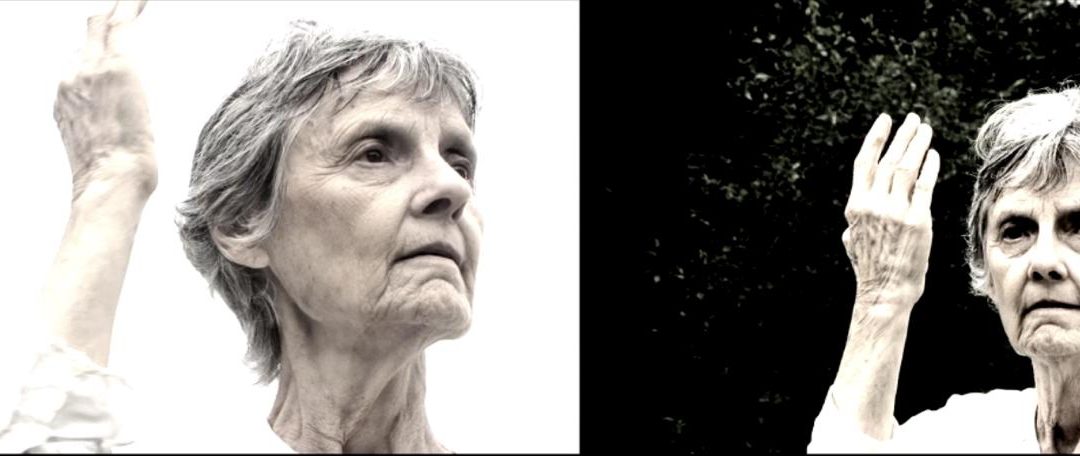It is my intent today to be unashamedly utopian, to address how we look at, how we discuss, how we circulate and inscribe images of dancing bodies in a pluralistic world, a world that is increasingly mediated by technologies of representation, by social media, and by numerous interfaces that distance us from primary, real time experiences of humanness. I will talk about dance in a relational framework, situating dance within a larger conversation, as a discipline within a system of discourse, signifiers and conversations. These are conversations about mark-making, about presence and about bearing witness to a particular kind of humanness that places itself somewhere on the spectrum from sacred to profane. This humanness is performative and has the potential to speak about both democracy and egalitarianism as it both conforms to and reforms the esthetics of contemporary culture. It is a particular kind of humanness that presents its desires, and that often performs desire; that subverts or inscribes desire; and that states such desires in a way that is part of a new paradigm: one that is caught between the modern world and the end of art. In a pluralistic world, dance is a subset of a larger art world. And for today, I would like to ask, “What if?”. What if we leave behind the grinding economic and quotidian demands of a career in the arts and fanaticize about the possibilities of art? What if, for today, we think about art not as entertainment but rather as something sacred? A kind of agreement or social contract in which we agree to allow ourselves to be touched, to have our hearts opened to the gracious gifts of the creative spirit? What if art were a gift, an offering of hope, of love and of transcendence?

